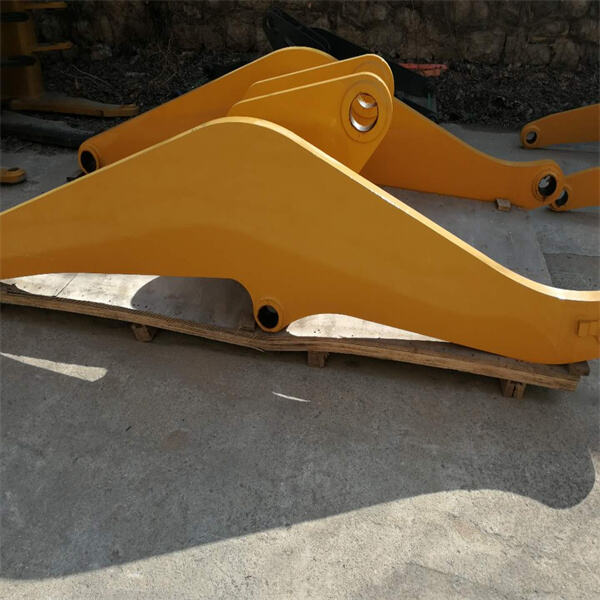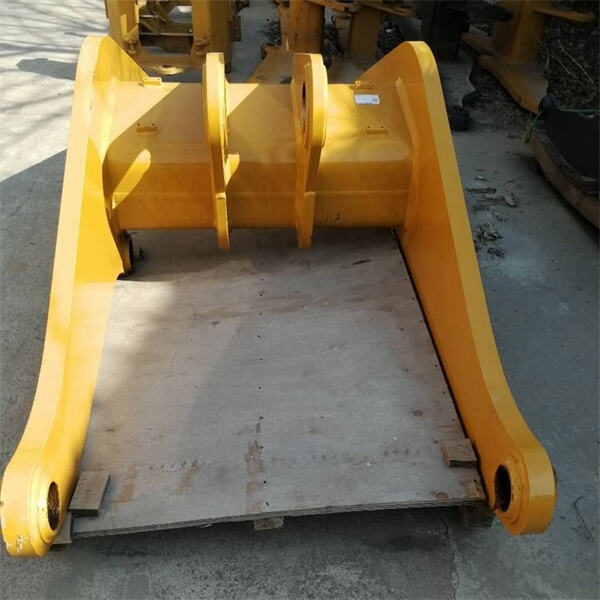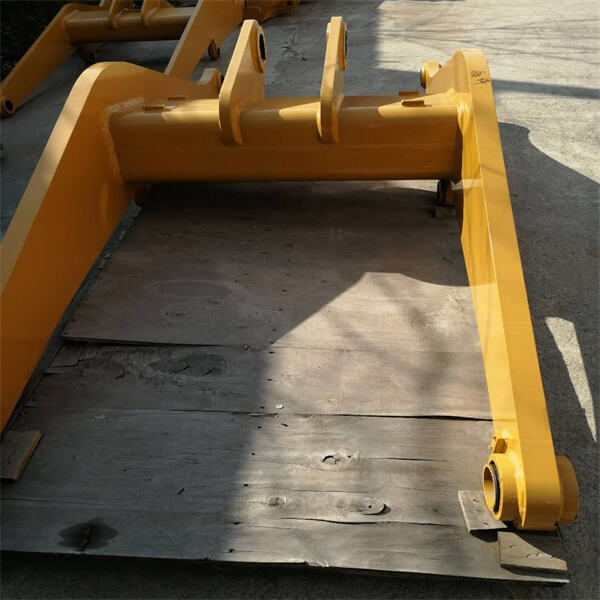Excavators are super cool machines that help builders to do loads of incredible stuff. They are like huge robot arms that can lift and shift heavy stuff around building sites. Excavator arms come in various shapes and sizes but all have the same basic windings.
An excavator arm consists of three parts: the boom, the stick, and the bucket. The boom is the portion of the excavator that works like an arm. It can move up and down to pick things up. The stick represents the forearm of the excavator. It can stretch and retract to go far away. It feels like the excavator has a hand. It can even pick up dirt, rocks. All of these bits function to allow the excavator arm to do its job.
But it’s harder to wield an excavator arm than it looks. You must control the boom, stick and bucket with the joysticks and pedals inside the cab. When you move the arm be gentle and careful so you do not hurt anything or anyone. Then of course you have to keep an eye on where you are digging or lifting to avoid accidental injury. A little patience and practice is all it takes to learn to control an excavator arm like a pro.

Excavator arms are common to all sorts of construction projects. They can dig trenches for pipes, clear debris from old buildings and even load heavy boxes and materials onto trucks. There are a range of jobs that excavator arms can do to assist builders to get their work done as easily and as quickly as possible.

As with many machines, excavator arms require regular maintenance to continue running well. That includes checking the oil and levels of fluids, greasing the moving parts, and searching for any wear and tear. Get more life out of an excavator arm by learning how to take care of it right. To keep the excavator arm in good condition, it is critical to follow the manufacturer’s guidelines for maintenance.

Here are some useful tips for getting the most out of an excavator arm. [And if you don’t want your pail to go flying, make sure you’re using the right-size bucket for the job. More material faster? A bigger bucket might be useful. Second, think through your workspace in advance so that you can work efficiently with less movement of the arm. Last but not the least, practice gentle moves and smooth functioning to make the best out of your work and be faster with the excavator arm.